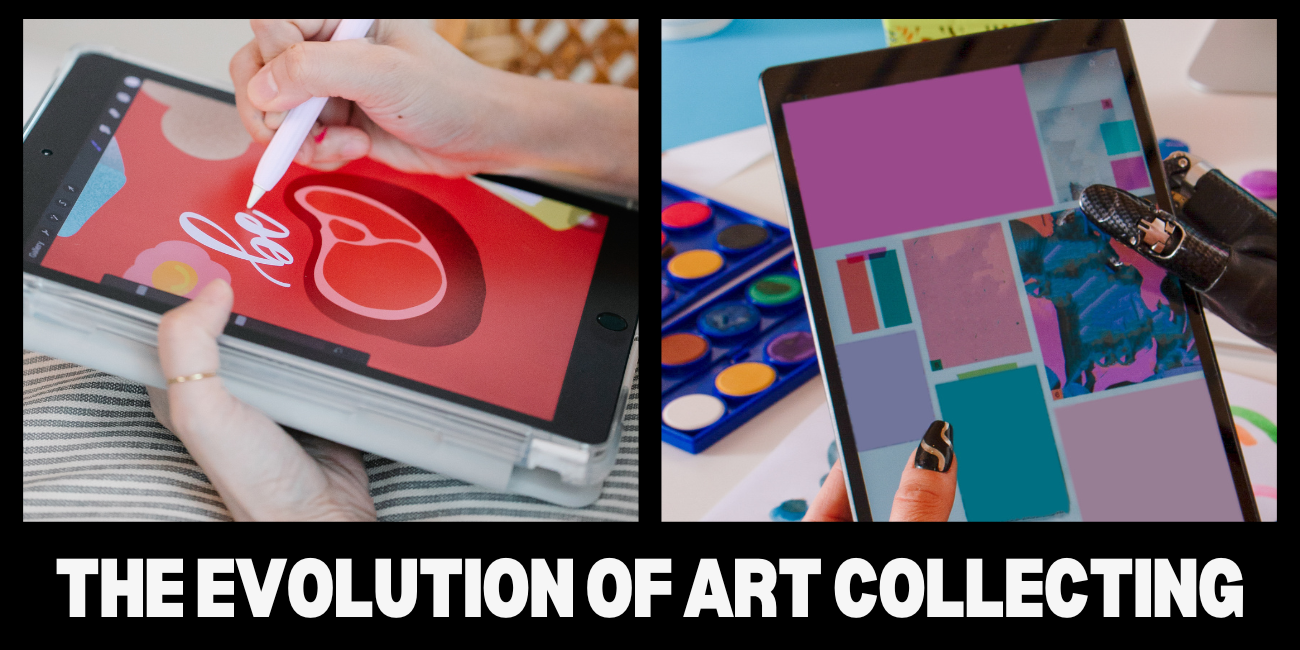
The Evolution of Art Collecting: From Private Galleries to Digital Platforms
Art collecting has long been a pursuit of the wealthy and the connoisseurs, with private galleries and exclusive auctions defining the landscape. However, the art world is undergoing a radical transformation. With the advent of digital platforms, art collecting is becoming more accessible, democratized, and interactive. This blog explores how the evolution of art collecting is shaping the future of art appreciation and investment.
The Traditional Art Collecting Landscape
Private Galleries and Auctions:
Historically, art collectors have relied on private galleries and high-profile auctions to acquire works. These venues often feature renowned artists and are accessible only to a select few, creating a barrier to entry for many potential collectors.
Example: The Sotheby’s auction house has long been a hub for high-stakes art sales, where pieces by artists like Picasso and Monet are sold for millions, reinforcing the exclusivity of traditional art collecting.
The Role of Art Dealers:
Art dealers play a crucial role in the traditional art market, guiding collectors through acquisitions and helping to build their collections. They often have deep networks and expertise, which can be both a benefit and a limitation for new collectors.
How does the role of art dealers change in a world where digital platforms and online galleries are becoming more prominent?
The Rise of Digital Art Platforms
Online Art Marketplaces:
Digital platforms like Artsy, Saatchi Art, and Artnet are transforming how art is bought and sold. These platforms offer a vast range of artworks from emerging and established artists, making it easier for collectors to discover and purchase art from around the globe.
Example: Saatchi Art’s online marketplace allows collectors to browse through thousands of artworks, providing detailed information and facilitating purchases directly through the platform.
The Role of Social Media:
Social media platforms like Instagram have become powerful tools for discovering and promoting art. Artists use these platforms to showcase their work, while collectors can follow their favorite artists and engage directly with them.
Example: The Instagram account @artsy features artwork from both well-known and emerging artists, allowing collectors to stay updated on new pieces and trends.
Virtual Galleries and Exhibitions:
Virtual reality (VR) and augmented reality (AR) technologies are enabling new ways to experience art. Virtual galleries and exhibitions offer immersive experiences where collectors can view and interact with art in a digital space.
Example: The Virtual Online Museum of Art (VOMA) provides a fully digital museum experience, allowing users to explore exhibitions and artworks in a virtual environment.
The Impact of Digital Art Collecting
Democratization of Art:
Digital platforms are making art collecting more accessible to a broader audience. By lowering barriers to entry and providing more information, these platforms are democratizing art ownership and appreciation.
Example: Platforms like Foundation and Nifty Gateway are at the forefront of the NFT (non-fungible token) art movement, allowing artists to sell digital art directly to collectors and reach a global audience.
Challenges and Opportunities:
While digital art collecting opens new opportunities, it also presents challenges such as verifying authenticity and navigating a crowded marketplace. However, technological advancements and improved vetting processes are addressing these issues.
What might be the long-term effects of digital art collecting on the traditional art market? Could this shift redefine the value and perception of art?
How to Get Involved in Digital Art Collecting
Explore Digital Platforms:
Begin by exploring online art marketplaces and virtual galleries. Familiarize yourself with the types of art available and the artists who are gaining prominence in the digital space.
Engage with the Art Community:
Join online forums, social media groups, and virtual events to connect with other collectors and artists. Engaging with the community can provide valuable insights and enhance your collecting experience.
Stay Informed:
Keep up with trends and developments in the digital art world. Understanding the evolving landscape will help you make informed decisions and discover new opportunities.
Conclusion
The evolution of art collecting from traditional galleries to digital platforms reflects a broader shift towards accessibility and inclusivity in the art world. As technology continues to shape the future of art, collectors and enthusiasts have more opportunities than ever to engage with and acquire art in innovative ways.
So, whether you’re a seasoned collector or a newcomer, embrace the digital revolution in art collecting. Explore new platforms, connect with the art community, and enjoy the expanding world of creativity at your fingertips.
Stay updated and connected with Wainsy on social media:
Facebook: Follow us on Facebook
Instagram: Follow us on Instagram
YouTube: Subscribe to our YouTube channel
LinkedIn: Connect with us on LinkedIn